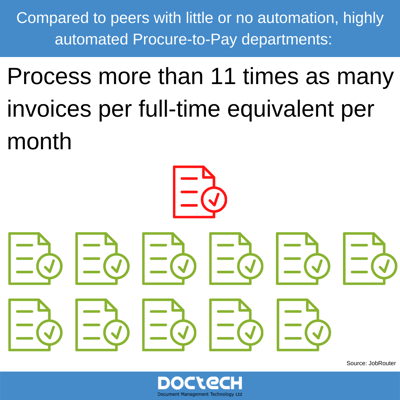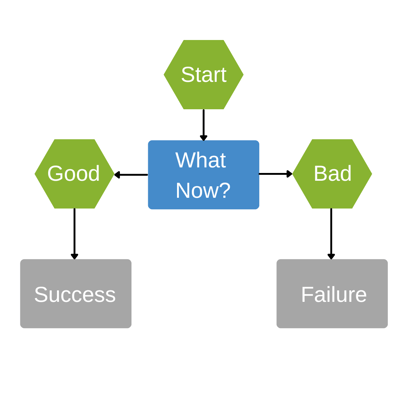The automotive aftermarket industry has faced a number of challenges in recent years brought on by the Covid pandemic, the war in Ukraine and a general shortage of technicians. Added to this are vigorous quality standards to be met, alongside inventory management and accurate data records that all need to be kept.
All of this has led to a shortage of parts, an increase in prices and delayed repair times for the consumer. The use of excel spreadsheets or outdated systems that used to work well enough to manage new products, vehicle parts and car models are no longer good enough to cope with the rapid technologic advancements of the motor industry.
The aftermarket industry is secondary to vehicle production itself, and includes all the future requirements for the life of a vehicle. Examples include replacement parts, performance upgrades, chemicals or accessories that all come after the vehicle has been manufactured.
According to The Society of Motor Manufacturers and Traders (SMMT) the automotive aftermarket is a vital part of the UK economy. Through franchised and independent networks, it provides motorists with choices over how they service and repair their vehicles. By keeping the country moving, the aftermarket industry delivers both direct and indirect financial benefits to the country.
Aftermarket Cataloge Exchange Standard (ACES) and Product Information Exchange Standard (PIES) are two standards for the automotive industry, set up by the Auto Care Association to categorise vehicles and parts based on information from a pre-existing data base.
ACES is used to manage and exchange automotive application data such as the year, make and model of a vehicle. PIES is used to categorise parts according to their product information such as the measurement or composition.
Having these standardised methods of managing and exchanging product data and fitment information seems great in theory. But in reality, because the standards are updated so regularly, errors can creep in leading to inaccurate data.
This is where document management software alongside the main ERP system is of real value to businesses operating in the aftermarket industry.
A document management system houses all the important information and can integrate with external databases, ensuring employees only see the most recent information.
The aftermarket industry is a significant and diverse sector that encompasses the sale of replacement parts, accessories, and services for vehicles, machinery and electronics. Businesses within the industry face various challenges with their data and document processing.
Vehicle parts dealers strive to create simple eCommerce websites that enable customers to find whatever product/part they are looking for. The purchase to pay process can be a huge headache that causes delays in payments being received.
 It’s well known that the aftermarket industry would like to automate the purchase to pay process as much as possible.
It’s well known that the aftermarket industry would like to automate the purchase to pay process as much as possible.
A digital purchase to pay system replaces manual and repetitive processes meaning tasks are completed faster and more accurately, leading to more efficient processes and results.
In addition to this, aftermarket businesses seek to minimise the number of returned parts that do not fit customer vehicles which in turn, alleviates pressure on customer service departments.
To achieve this, businesses need access to timely and accurate product information about all the vehicles, parts and parts fitments via a document management system.
As we've discussed already, a challenging global environment over recent years has lead to struggling businesses and disgruntled customers which the aftermarket industry has had no control over.
There are some challenges though that those in the industry can take steps to improve, some of which we outline below.
Counterfeit parts and products are a major concern in the aftermarket industry. These counterfeit items can be of inferior quality and pose safety risks.
Protecting intellectual property rights and preventing counterfeiting are constant challenges and businesses need to invest time and money into stopping them.
Ensuring that aftermarket parts and products meet the required quality and safety standards is crucial to prevent accidents and maintain customer trust. Compliance with various regulations and standards can be complex and costly.
Having adequate quality documentation and automated business processes in place is key, with many organisations looking to digital forms to automate and standardise this as much as possible.
The aftermarket industry heavily relies on a complex global supply chain. Disruptions due to factors like natural disasters, trade disputes, or the pandemic can lead to shortages and increased costs.
 As vehicles, electronics, and machinery become more advanced, keeping up with the technology and providing compatible aftermarket solutions can be challenging. Adapting to new technologies, like electric vehicles requires ongoing innovation and process permeations.
As vehicles, electronics, and machinery become more advanced, keeping up with the technology and providing compatible aftermarket solutions can be challenging. Adapting to new technologies, like electric vehicles requires ongoing innovation and process permeations.
Document workflows can really help to identify and ensure the correct procedures are implemented based on these differentials.
Price competition in the aftermarket industry is fierce. Finding the right balance between offering affordable solutions and maintaining profitability is an ongoing challenge for businesses.
Environmental regulations can impact the materials used in aftermarket products, such as emissions standards for vehicle components.
Meeting these regulations can require investment in research and development.
Online marketplaces and e-commerce platforms have disrupted traditional aftermarket sales channels. Traditional brick-and-mortar retailers and distributors must adapt to compete effectively in the digital landscape.
Managing a vast and diverse inventory of replacement parts and accessories can be challenging. Efficient inventory management software is crucial to prevent selling out or overstocking.
 Customers expect fast and convenient access to aftermarket products and services. Meeting these expectations, including offering online ordering and fast delivery, can be demanding.
Customers expect fast and convenient access to aftermarket products and services. Meeting these expectations, including offering online ordering and fast delivery, can be demanding.
Efficient processing of orders, deliveries and invoicing is crucial for all in the aftermarket industry. Businesses should look to automate invoice processing with software that can easily scale in line with sales.
The aftermarket industry collects and stores data on customers and products. Ensuring the security and privacy of this data is vital to prevent breaches and maintain customer trust. Choose a system to store data which has high levels of security, regular back-ups and encryption options.
The aftermarket industry is often global in nature, which can expose it to trade disputes, tariffs, and other international challenges.
The introduction of the The Electronic Trade Documents Act 2023 now means it possible for UK businesses that buy and sell internationally to trade digitally, rather than using paper or manual processes. This will save thousands of hours as well as a vast amount of money.
Changes in vehicle ownership patterns, such as car-sharing and autonomous vehicles, can impact the demand for aftermarket products and services. Businesses should stay abreast of these changes with regular market research.
In some segments of the aftermarket industry, market saturation can be a concern. Finding new niches or expanding into emerging markets can be essential for growth.
To thrive in the aftermarket industry, businesses must navigate these challenges while continuously innovating to meet the evolving needs of customers and regulators. Adaptability, quality control, and a keen focus on customer satisfaction are essential for success in this dynamic sector.
DocTech can help with a variety of headaches faced by those in the aftermarket industry. If you are an aftermarket business looking to improve document-based processes, increase efficiency with automated purchase to pay software or create instant access to documents from any location, get in touch.
2021 sees DocTech, a leading provider of document management solutions, reach a 25 Year DocuWare partnership milestone. They are the only UK and Ireland DocuWare partner to have achieved this accolade.
We’re pretty sure manual data entry isn’t at the top of your ‘fun things to do list’, but it is sometimes part and parcel of many job roles. It’s time consuming, prone to errors and let’s face it, we’re sure there’s a better ...
DocTech are extremely happy to formally announce our partnership with One Tree Planted, a non-for-profit organisation committed to global reforestation. One Tree Planted relies on donors to sustain the significant impact ...